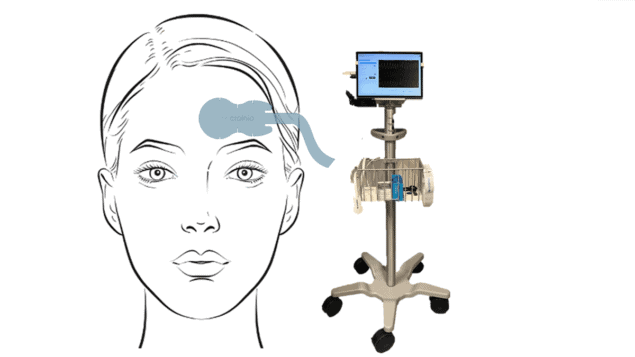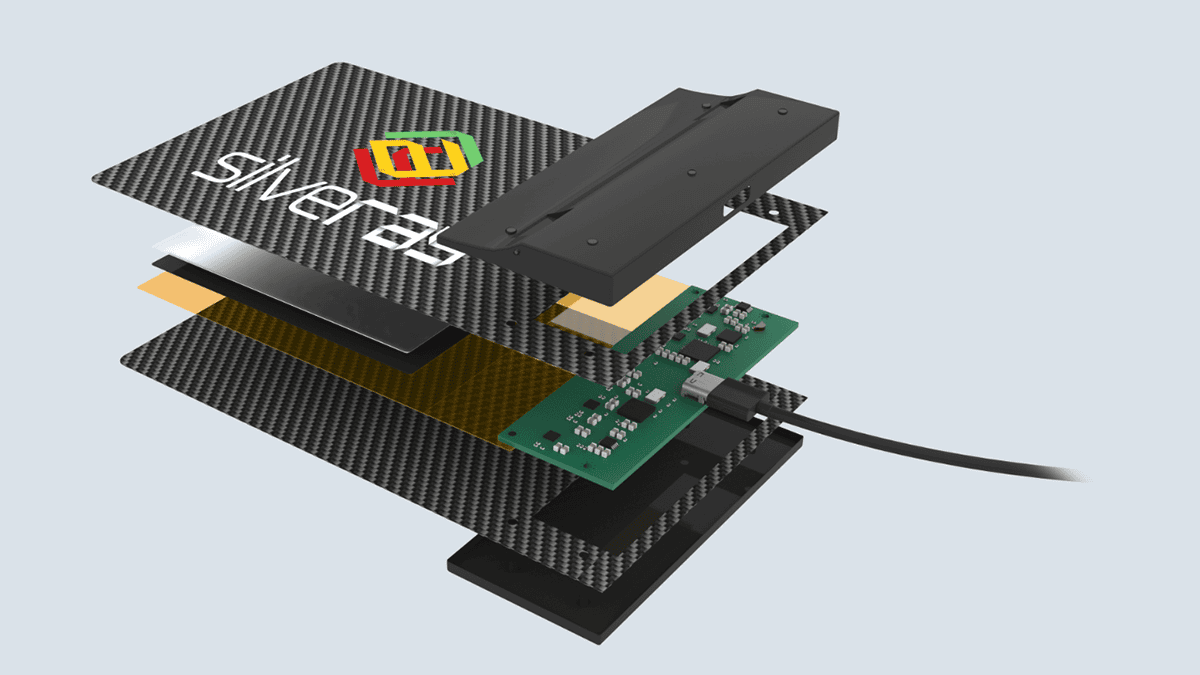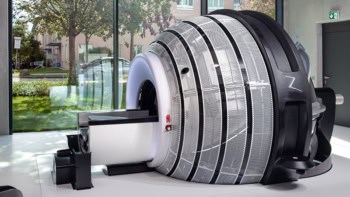James McKenzie continues his look at some of the companies winning business awards from the Institute of Physics in 2024

In my previous article, I highlighted some of the quantum and green-energy companies that won Business Innovation Awards from the Institute of Physics in 2024. But imaging and medical-physics firms did well too. Having sat on the judging panel for the awards, I saw some fantastic entries – and picking winners wasn’t easy. Let me start, though, with Geoptic, which is one of an elite group of firms to win a second IOP business award, adding a Business Innovation Award to its start-up prize in 2020.
Geoptic is a spin-out from three collaborating groups of physicists at the universities of Durham, Sheffield and St Mary’s Twickenham. The company uses cosmic-ray muon radiography and tomography to study large engineering structures. In particular, it was honoured by the IOP for using the technique to ensure the safety of tunnels on the UK’s railway network.

From qubits to metamaterials: tech that led to Institute of Physics business awards 2024
Many of the railway tunnels in the UK date back to the mid-19th century. To speed up construction, temporary shafts were bored vertically down below the ground, allowing workers to dig at multiple points along the route of the tunnel. When the tunnel was complete, the shafts would be sealed, but their precise number and location is often unclear.
The shafts are a major hazard to the tunnel’s integrity, which is not great for Network Rail – the state-owned body that’s responsible for the UK’s rail infrastructure. Geoptic has, however, been working with Network Rail to provide its engineers with a clear structural view of the dangers that lurk along its route. In my view, it’s a really innovating imaging company, solving challenging real-world problems.
Another winner is Silveray, which was spun off from the University of Surrey. It’s picked up an IOP Business Start-up Award for creating flexible, “colour” X-ray detectors based on proprietary semiconductor materials. Traditional X-ray images are black and white, but what Silveray has done is to develop a nano-particle semiconductor ink that can be coated on to any surface and work at multiple wavelengths.

The X-ray detectors, which are flexible, can simply be wrapped around pipes and other structures that need to be imaged. Traditionally, this has been done using analogue X-ray film that has to be developed in an off-site dark room. That’s costly and time-consuming – especially if images failed to be recorded. Silveray’s detectors instead provide digital X-ray images in real time, making it an exciting and innovative technology that could transform the $5bn X-ray detector market.
Phlux Technology, meanwhile, has won an IOP Business Start-up Award for developing patented semiconductor technology for infrared light sensors that are 12 times more sensitive than the best existing devices, making them ideal for fast, accurate 3D imaging. Set up by researchers at the University of Sheffield, Phlux’s devices have many potential applications especially in light detection and ranging (LIDAR), laser range finders, optical-fibre test instruments and optical and quantum communications networks.
In LIDAR, Phlux’s can have 12 times greater image resolution for a given transmitter power. Its sensors could also make vehicles much safer by enabling higher-resolution images to be created over longer distances, making safety systems more effective. The first volume market for the company is likely to be in communications and where a >10 dB increase in detector sensitivity is going to be well received by the market.
Given the number of markets that will benefit from an “over an order of magnitude” improvement, Phlux is one to watch for a future Business Innovation Award too.
Medical marvel
Let me finish by mentioning Crainio, a medical technology spin-off company from City, University of London, which has won the 2024 Lee Lucas award. This award honours promising start-up firms in the medical and healthcare sector thanks to a generous donation by Mike and Ann Lee (née Lucas). These companies need all the support, time and money they can get given the many challenging regulatory requirements in the medical sector.
Crainio’s technology allows healthcare workers to measure intracranial pressure (ICP), a vital indicator of brain health after a head injury. Currently, the only way to measure ICP directly is for a neurosurgeon to drill a hole in a patient’s skull and place an expensive probe in the brain. It’s a highly invasive procedure that can’t easily be carried out in the “golden hours” immediately after an accident, requiring access to scarce and expensive neurosurgery resources. The procedure is also medically risky, leading to potential infection, bleeding and other complications.
Crainio’s technology eliminates these risks, enabling direct measurement of ICP through a simple non-invasive probe applied to the forehead. The technology – using infrared photoplethysmography (PPG) combined with machine learning – is based on years of research and development work conducted by Panicos Kyriacou and his team of biomedical engineers at City.
Good levels of accuracy have been demonstrated in clinical studies conducted at the Royal London Hospital. It certainly seems a much better plan than drilling a hole in your head as I am sure you can agree – making Crainio a worthy winner, with its non-invasive technology it should have a positive impact on patients globally. I hope the regulatory hurdles can be quickly cleared so the company can start helping patients as soon as possible.
As I have mentioned before, all physics-based firms require time and energy to develop products and become globally significant. There’s also the perennial difficulty of explaining a product idea, which is often quite specialized, to potential investors who have little or no science background. An IOP start-up award can therefore show that your technology has won approval from judges with solid physics and business experience.
I hope, therefore, that your company, if you have one, will be inspired to apply. Also remember that the IOP offers three other awards (Katharine Burr Blodgett, Denis Gabor and Clifford Paterson) for individuals or teams who have been involved in innovative physics with a commercial angle. Good luck – and remember, you have to be in it to win it. Award entries for 2025 will be open in February 2025.



